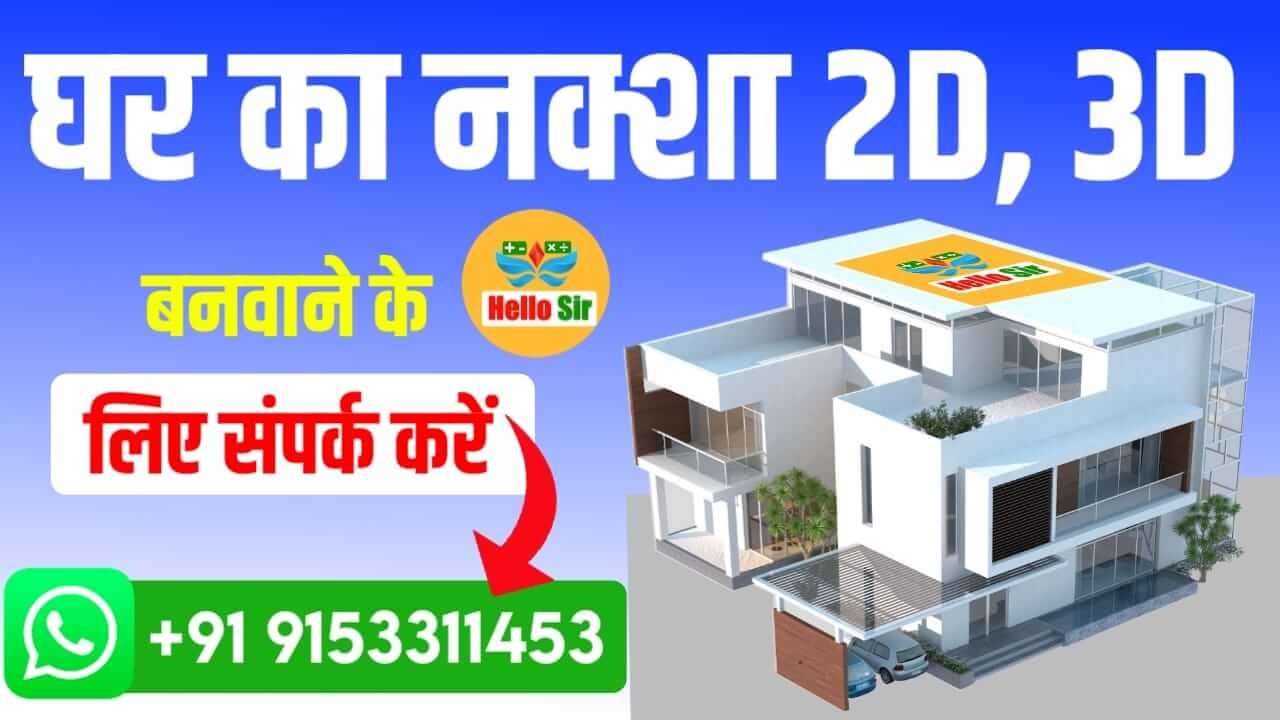The typical cement mortar ratio for plastering is 1:4, which means one part of cement to four parts of sand. However, ratios can vary based on specific project requirements. Plastering is a technique used to cover walls and ceilings for protection and aesthetic purposes. Common types of plaster include gypsum plaster, lime plaster, and cement plaster, each with distinct properties and applications.
Cement mortar ratio for plastering | plastering & it’s types, hi guys in this article we know about cement mortar ratio for plastering & what is plastering and its types. And also cement mortar ratio for external brick wall plastering, internal wall plastering, concrete wall plastering, ceiling plastering & roof plastering.
Plastering is done on the brick and concrete walls to remove surface imperfections, increase smoothness,maintain line level and alignment. In addition to that it also acts as a protective surface for external and internal wall made of brick or concrete. Different types of plaster like Cement plaster, Gypsum plaster and Lime plaster are the commonly used as plastering materials for house constructions.

Cement plaster is made by mixing cement and sand in aquired definite proportions for different types of plastering. Cement plaster is applied to both interior and exterior walls to give them a smooth surface.
◆You Can Follow me on Facebook and Subscribe our Youtube Channel
You should also visits:-
1)what is concrete and its types and properties
2) concrete quantity calculation for staircase and its formula
Plastering is thin layer of cement mortar adhesive material put over the brick wall for protection from environment ,smooth surface, good finishing, good looking & increasing the strength of brick wall.
We know that external part of brick wall is more prone to sever climatic condition, its needs more protection from outer side, plastering make it strong and damp proof and prevent from seepage of water in brick wall.
Plastering is the term used to describe the cement mortar material spread over the both face plane and rough surface of irregular and coarse textured brick wall,beam, roof,column, concrete wall and ceiling to make it stronge, more durable,provide a smooth, hard and leveled finish surface which can be painted for good appearance.
In actual Plastering process is an art, truly recognized for constructing the base. It refers to the construction done with cement plaster which includes a layer of plaster on an interior wall or plaster decorative moldings done on ceilings or walls. The process of creating plasterwork is known as Plastering.
◆ WATCH THIS VIDEO
Plastering is a unique skill to plaster the brickwall, leveling it and achieve a good and even finishing. Plasterboard is to form the sub-base for ceilings, partition walls. An adequate and rigid frame made up of timber battens is needed for it.
Fix runner boards made from spare lengths to harden the ceiling side by side. It will provide ease of access in the roof void and will be supporting for electrical cables.
What are different types of plastering
According to a adhesive material there are four types of plastering :- 1) Lime plaster,2) cement plaster,3) clay plaster & 4) gypsum plaster
1) Lime plaster:- plaster in which lime is used as Adhesive or binding material for mortar
2) cement plaster:– plastic in which cement is used as Adhesive or binding material for mortar
3) clay plaster:- plaster in which clay is used as adhesive or binding material for mortar
4) gypsum plaster :- plaster in which gypsum material is used as adhesive or binding material for mortar.

According to type of wall, plastering is following types 1) external wall plastering, 2) internal wall plastering, 3) concrete wall plastering & 4) roof for ceiling plastering.
1) plastering of outer face or rough face of brickwork and concrete walls is known as external wall plastering.
2) plastering of inner face or plane face of brickwork and concrete walls is known as inner wall plastering.
3) plastering of concrete structure like column and beam is known as concrete wall plastering
4) plastering of bottom face of roof or ceiling is known as roof or ceiling plastering
Cement mortar ratio for plastering
Recommended cement mortar ratio for plastering & plaster cement and sand mix ratio depends on type of plastering work. there are several types of cement sand mix ratio used for brick wall plastering, ratio of cement and sand for plastering depends on types of work and plastering types it is rough or plane surface.
Recommended cement mortar ratio for plastering of plane,rough surface of brick wall, concrete wall,ceiling and for repair are 1:6, 1:4, 1:5, 1:4 & 1:3 are used respectively.
Recommended Cement mortar ratio for different kinds of work:
● 1:3 – It is very rich mortar mix ratio not recommended for general uses at construction site but it can be used as a repair mortar with water- proofing and bonding agent and plastering of external wall in sever climatic condition like heavy rainfall.
ALSO READ :-
Plaster sand near me, delivery, colour and 25kg or bulk bag
Cement to sand ratio for mortar, brickwork and plastering
How to calculate plastering quantity | cement sand ratio
How to calculate the quantity of material for plaster
Plaster cost per square foot with material in India
● 1:4 – It is also rich mortar mix ratio recommended for plastering of external rough surface of brick wall, concrete wall and ceiling surface
● 1:5 – It is perfect normal mortar mix ratio recommended for internal wall plastering if fine sand is not available
● 1:6 – It is perfect normal mortar mix ratio used at construction site for general purpose it can be recommended for internal wall plastering if fine sand is available.